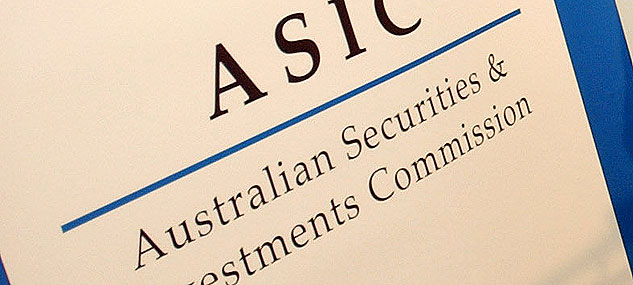This article was written by Sarah Murray, compliance consultant at Sophie Grace.
In June 2016, the Australian Securities and Investments Commission (ASIC) released Report 482 - ‘Compliance Review of the retail OTC Derivatives Sector’. The report highlighted the key findings ASIC found throughout compliance review of the sector. In the report ASIC identified seven key risks:
1. Net Tangible Assets (NTA)
2. Change of Control
3. Client Money
4. Public Disclosure Statement and Websites
5. Financial Reporting
6. Authorised Representatives; and
7. Failure to provide Financial Services
The lengthy report goes into detail of each of the above risks and clarifies ASICs stance on each.
However, there are a number of issues which ASIC didn’t include in its report which are important for Australian Financial Services License (AFSL) Holders who operate in the retail OTC derivatives space. Sophie Grace suggests AFSL Holders review the below and ensure compliance practices continue to meet regulatory requirements.
RG 227 – Benchmark 1
ASIC Regulatory Guide (RG) 227 entitled ‘Over-the-counter contracts for difference: Improving disclosure for retail investors’ outlines ASIC’s seven disclosure benchmarks which should be met by AFSL Holders. Benchmark 1 outlines how AFSL Holders should determine whether investors qualify for CFD trading.
According to RG 227, each AFSL Holder which operates in the retail OTC derivatives sector should have a documented client qualification policy. This policy should outline:
- the minimum qualification criteria that each prospective investor must meet in order to commence CFD trading
- the processes the AFSL Holder has in place to ensure that investors who do not qualify are unable to trade CFDs; and
- the record keeping requirements to keep written records of client assessment.
It is important that investors continue to meet Benchmark 1 and ensure they have documented procedures in place. ASIC may request to see evidence that the AFSL Holder is meeting these requirements. In circumstances where a dispute is lodged with the Financial Ombudsman Service Australia (FOS) the written record of client assessment may be imperative to the AFSL Holder receiving a successful outcome in the FOS assessment.
Conflicted Remuneration
The Future of Financial Advice (FOFA) reforms banned Introducing Broker (IB) and Money Manager Payments as it was seen as Conflicted Remuneration. However, RG 246 outlines an exclusion where such benefits are allowed given the client has expressly consented to the AFSL Holder receiving them. An exemption for the receipt of IB and Money Manager payments is enacted where the client specifically authorises the AFSL Holder to receive such payment.
At the date of this article, ASIC has not released any further guidance or practical implementation notes on how an AFSL Holder should receive this consent. AFSL Holders should get their legal advisers to review their on-boarding documentation and ensure any IB or Money Manager payments are clearly identified and receive client sign off.
Copy Trading, EAs, PAMs and MAMs
AFSL Holders who issue retail OTC Derivatives are restricted from engaging in providing Copy Trading, EAs, PAMs and MAMs to investors unless they have the necessary authorisations on their AFSL. Generally this will be known as Managed Discretionary Account (MDA) authorisations. You can read more about this in our earlier article “How Can Brokers Avoid Regulators’ Crackdown on Copy Trading?”
Interestingly, to date there has been no action taken against an AFSL Holder who provides the facility to provide such services, but rather directly against the EA, PAM and MAM operator. When dealing in this space it is important that AFSL Holders have taken legal advice on the scope of services offered to clients and any underlying clients.
Investor Risk Classification
Prior to on-boarding a potential investor AFSL Holders are required to classify investors based on risk. When completing initial Know Your Client (KYC) on potential investors AFSL Holders should implement varying degrees of KYC checks based on the assessed risk of the client. It is not sufficient for all clients to be considered low risk – documented criteria needs to be put in place to provide each client with a risk classification. Where an investor is deemed as medium / high risk, the AFSL Holder should trigger enhanced KYC procedures prior to allowing the investor to trade to ensure the investor satisfactorily meets on-boarding requirements.
AFSL Holders are encouraged to review their KYC procedures as well as the Ongoing Customer Due Diligence and Transaction Monitoring procedures in order to comply with Anti-Money Laundering and Counter-Terrorism Financing Requirements.
Trade Reporting
AFSL Holders who qualify for single sided trade reporting relief should ensure their procedures are appropriately documented. AFSL Holders should also regularly check with their hedging counterparties that trades are being reported on their behalf. For further information on single-sided reporting, read our article on the topic published on Finance Magnates entitled “Australia – Will Single-Sided Reporting Relief Help OTC Derivatives Issuers?”.

















